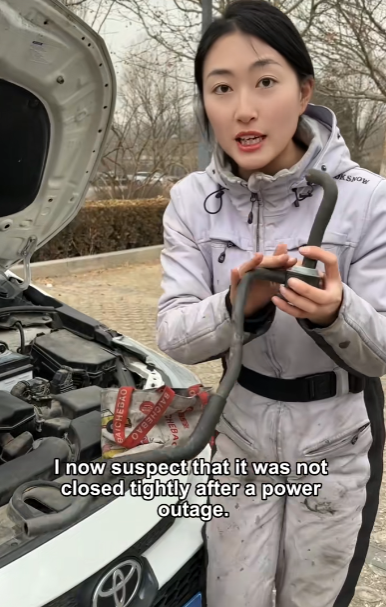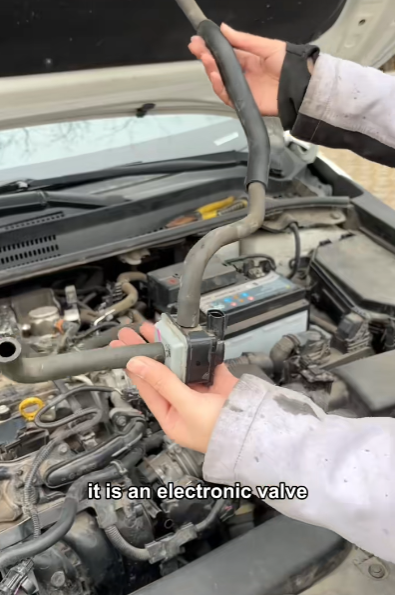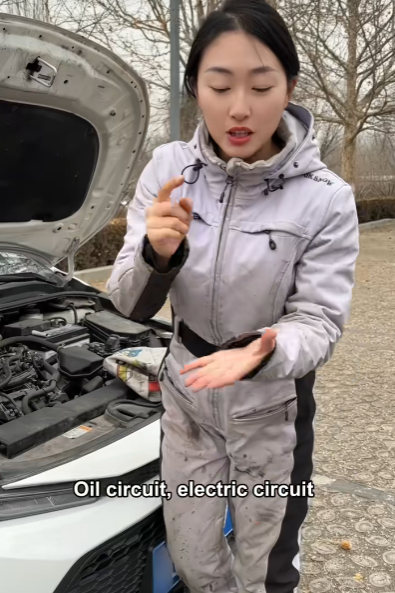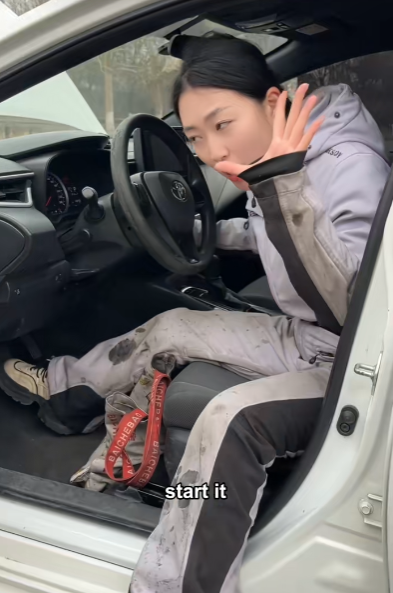
Car ownership brings freedom and convenience, but it also comes with the responsibility of maintenance and repair. For many, the thought of repairing a car might seem intimidating or something best left to mechanics. However, not every problem requires a trip to the auto shop. There are several simple car repairs that you can do at home with just a few basic tools, some guidance, and a little bit of confidence. This “Simple Car Repair Series” is designed to help beginners understand and tackle common car issues on their own, saving time and money in the process.
1. Understanding the Basics
Before diving into actual repairs, it’s important to understand the basics of how a car works. A modern vehicle consists of various systems, including the engine, electrical system, cooling system, braking system, and suspension. Each has specific parts that may need occasional attention. Familiarizing yourself with your vehicle’s owner manual is a great starting point—it contains important information like service schedules, fluid types, and warning light indicators.

2. Changing the Engine Oil
One of the most essential and common car maintenance tasks is changing the engine oil. Engine oil lubricates the moving parts inside the engine, preventing excessive wear and overheating.
Tools needed:
- Wrench set
- Oil filter wrench
- Oil pan
- Funnel
- New oil and filter (as specified in your car’s manual)
Steps:
- Warm up the engine slightly so the oil flows more easily.
- Place the oil pan under the drain plug and remove the plug to drain the old oil.
- Remove the old oil filter with the wrench.
- Install the new oil filter and replace the drain plug.
- Pour in new oil using the funnel and check the level with the dipstick.
Doing this yourself can save you a lot compared to a mechanic’s fee.
3. Replacing Air Filters
Air filters keep dirt and debris from entering the engine. A clogged air filter can reduce fuel efficiency and performance. Replacing it is a quick and easy job.
Steps:
- Open the hood and locate the air filter box.
- Unclip or unscrew the box and remove the old filter.
- Insert the new filter in the same orientation.
- Close the box and secure it.
This task takes less than 10 minutes and can be done without any tools in many vehicles.

4. Changing Spark Plugs
Spark plugs ignite the fuel-air mixture in your engine. Worn-out plugs can cause misfires and poor fuel economy.
Tools needed:
- Spark plug socket and ratchet
- Torque wrench (recommended)
- New spark plugs (as per manufacturer’s spec)
Steps:
- Locate the spark plugs and remove the wires.
- Use the socket to unscrew the old plug.
- Install the new spark plug, ensuring it’s torqued to the proper specification.
- Reattach the wires.
Changing spark plugs every 30,000 to 100,000 miles (depending on type) keeps your car running smoothly.
5. Replacing Windshield Wipers
Clear visibility is crucial for safe driving. Wiper blades should be replaced at least once a year or when they start to streak.
Steps:
- Lift the wiper arms off the windshield.
- Press the tab to release the old blade.
- Slide on the new blade until it clicks into place.
Most wiper blades come with simple instructions and are compatible with standard wiper arms.

6. Checking and Topping Off Fluids
Regularly checking your car’s fluids is vital for performance and safety. This includes:
- Coolant: Prevents your engine from overheating.
- Brake Fluid: Ensures responsive braking.
- Power Steering Fluid: Helps you steer smoothly.
- Transmission Fluid: Essential for gear shifts.
Steps:
- Open the hood and locate the fluid reservoirs (labelled or color-coded).
- Check the levels using the dipsticks or marked indicators.
- If low, add the appropriate fluid type to the reservoir.
Be careful not to overfill, and use only manufacturer-approved fluids.
7. Changing a Flat Tire
Knowing how to change a flat tire is a crucial skill. You never know when you’ll need it.
Tools needed:
- Spare tire
- Jack
- Lug wrench
Steps:
- Park on a flat surface and engage the parking brake.
- Loosen the lug nuts slightly.
- Jack up the car until the tire is off the ground.
- Remove the nuts and the tire.
- Mount the spare and tighten the nuts by hand.
- Lower the car and fully tighten the nuts in a crisscross pattern.
Always check your spare tire’s pressure regularly.
8. Battery Maintenance and Replacement
A dead battery can leave you stranded. Maintaining and, when needed, replacing it is easy.
Steps to check/replace:
- Inspect terminals for corrosion—clean with baking soda and water.
- Use a multimeter to test the voltage (a healthy battery should read 12.6 volts or higher).
- To replace, remove the negative terminal first, then the positive.
- Unscrew and remove the battery.
- Place the new battery, connect positive first, then negative.
Dispose of the old battery properly—most auto parts stores offer recycling.

9. Fixing Headlight or Brake Light Bulbs
Dim or dead bulbs are safety hazards and can get you a ticket.
Steps:
- Access the bulb from inside the trunk or engine bay, depending on the light.
- Twist the bulb socket out of the housing.
- Remove the old bulb and insert a new one.
- Test the light before closing everything back up.
Be sure to handle halogen bulbs with a cloth—oils from your fingers can shorten their lifespan.
10. Using an OBD-II Scanner
If your “Check Engine” light comes on, an OBD-II scanner can read the error code and tell you what’s wrong.
Steps:
- Plug the scanner into the OBD-II port (usually under the dashboard).
- Turn the ignition to ON (without starting the engine).
- Read the code and look it up in the manual or online.
- You can often clear the code after resolving the issue.
These tools are inexpensive and incredibly useful for DIY diagnostics.

Final Thoughts
You don’t need to be a professional mechanic to perform basic car repairs. With a few tools, some patience, and tutorials like this “Simple Car Repair Series,” you can take better control of your car’s maintenance. Not only does this save you money, but it also builds confidence and helps you understand your vehicle better. Start with the simple tasks, and as you grow more comfortable, you may find yourself ready to take on more advanced repairs.
Safety always comes first—if a repair feels too complex or risky, don’t hesitate to consult a certified mechanic. But for the basics, you’ve got this.



